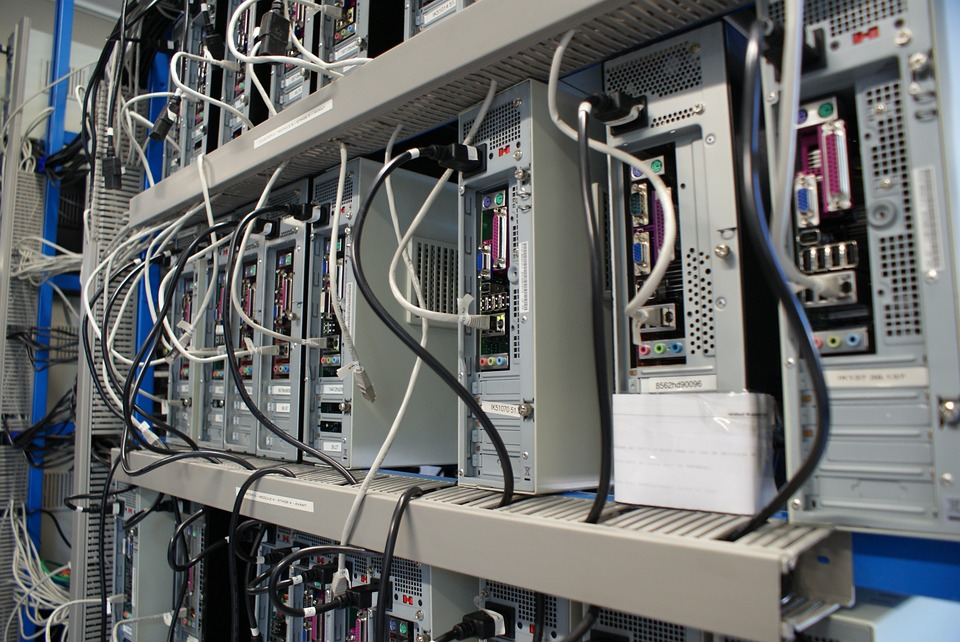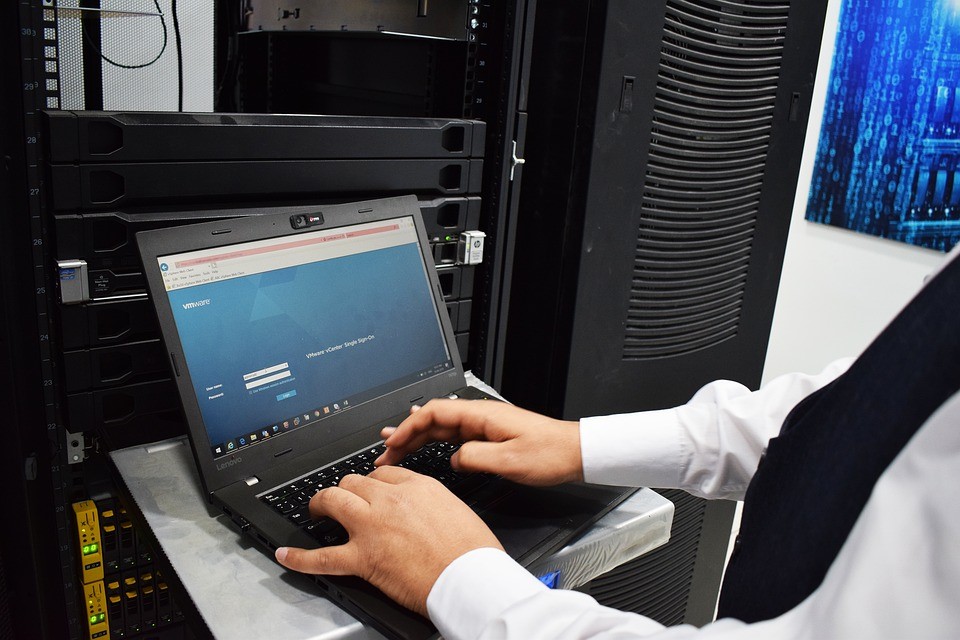For those that require robust connection speeds and durable hardware, finding the right Ethernet cables isn’t enough. Connectors link network devices together and make sure every last part is optimized to its full potential.
The difference between LC and SC connectors is small, but significant. When IT spending on large data centers is expected to hit $237 billion by the end of 2021, you need all the help you can get to stay ahead. Failing to choose the right connector will affect speeds and, thus, your bottom line.
Continue reading to learn more about LC connectors and why they might be the best option for your data center or fiber optic network set-up.
Why Fiber Optic Networks are The Future
The fiber optics market reached an impressive $610 million back in 2017. Today it is the cutting-edge choice for full-time workers and large data centers alike.
Designed to carry light rather than electrical wavelengths, fiber optic networks are incredibly fast at transmitting information. They’re able to handle speeds over one hundred times that of average Ethernet cables and boast minimal interference, to boot. Fiber optic internet comes in three varieties: FFTH, FTTC, and FFTN.
This isn’t to say fiber optic cables are infallible. Due to being made of glass, they’re still more fragile than their copper predecessors and require very careful handling to avoid damage.
“Fiber optic cables are made from glass instead of copper. They are more expensive than copper, require extra insulation, and are more fragile. Fiber optics provide enough bandwidth that we will be able to utilize this technology for a long time.”
Related: Fiber Optic Cable [Buyer’s Guide]
What are SC Connectors?
It’s impossible to discuss the importance of LC connectors without looking at their predecessor: the SC connector.
The SC connector ushered in the wave of ceramic ferrules, the fastening ring designed to hold two major parts together. Despite its relatively old age (having been introduced in the 1980’s), it’s still widely used as an affordable, stable point-to-point option. For data centers with higher demands, however, the SC connector is not suitable.
The SC connector is more commonly used than the LC, but is starting to fall out of favor for its clunky size in today’s space-conscious world. Whether or not that will be an issue for your business depends on your space and equipment.
Related: Coaxial Cable Splitter [FAQ]

What are LC Connectors?
An update from the SC connector, LC connectors boast a more modern design that’s very appealing to those with little space.
LC connectors function much like SC connectors, save for their latch design and slimmer model. While this may not seem like much of a difference, offices with very little space to their name appreciate how much easier it is to stack LC connectors. That said, performance between LC and SC connectors is pretty much the same.
If you’re concerned about your connectors or cables’ efficacy, you may need to conduct a cable test.
“At its core, a cable tester verifies that a cable connection works as expected. Most cable testers are pretty simple and effectively check to see if the connection is closed or not (meaning, is it wired correctly or not). They may provide more information, like if the link is miswired or a short circuit.”
What are FC Connectors?
For those with fiber optic networks, FC connectors should be the go-to option. While not as commonly used as the SC or LC, its solid design still makes it ideal in the eyes of some.
Designed for the high-volume activity of datacom centers, the FC connector boasts a durable stainless steel and nickel design. It’s considered ideal for environments with significant movement, be it from other equipment and foot traffic. If you’re concerned about consistency in your connectors, however, the more affordable SC or LC should be your primary focus.
While seeking out the best connectors for your set-up, make sure to take additional steps to reduce propagation delay.
“Propagation delay contributes to the overall effect known as the “interconnect bottleneck.” The interconnect bottleneck limits performance based on the connections between components rather than the internal speed of the components themselves. The components of a network may process signals internally at a rate much higher than that which is achievable over the medium of the cable.”
Related: OTDR: Optical Time Domain Reflectometer Info
Connectors Overview
As the saying goes: a little bit goes a long way. The kind of connectors you choose for your datacom center or small office will help improve productivity immensely.
SC connectors helped pave the way for today’s connector models back in the 1980’s. The LC connector, however, is more space conscious with its slimmer, more modern design. Lastly, the FC connector bears resistance to excess movement and remains sturdy in a variety of settings.
It’s best to keep your connectors as consistent as possible, in the event of a repair job or mass upgrade. That said, you may still need to change connector types depending on the equipment you’re working with.

Last Updated on August 2, 2022 by Josh Mahan




